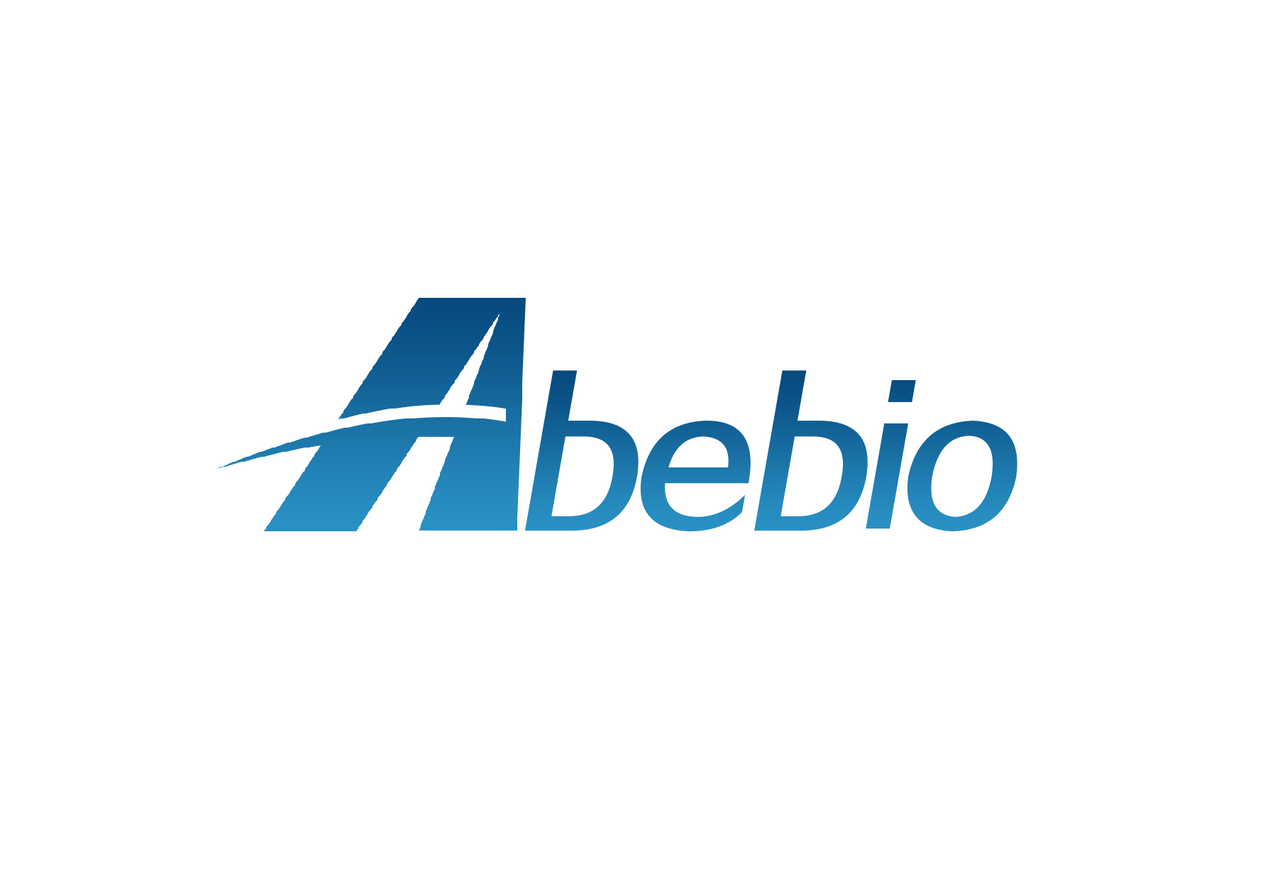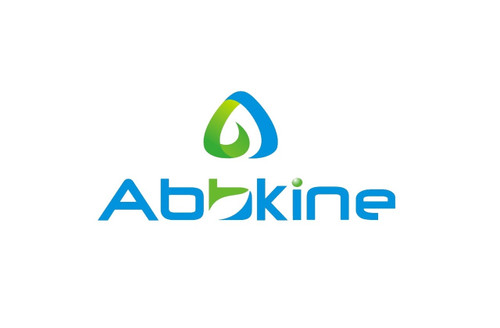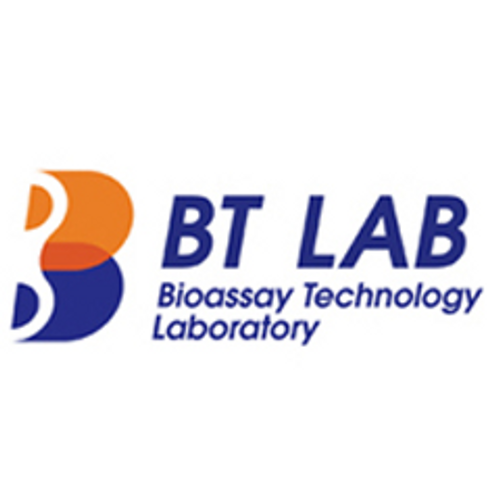Product Description
Human Catecholamine (CA) ELISA Kit | AE59197HU | Abebio
Species Reactivity: Human (Homo sapiens)
Abbreviation: CA
Alternative Name: N/A
Application: ELISA
Range: 0.123-10 ng/mL
Sensitivity: 0.055 ng/mL
Intra-Assay: ≤5.5%
Inter-Assay: ≤9.8%
Recovery: 1, 03
Sample Type: Serum, Plasma, Other biological fluids
Detection Method: Sandwich
Analysis Method : Quantitive
Test Principale: This assay employs a two-site sandwich ELISA to quantitate CA in samples. An antibody specific for CA has been pre-coated onto a microplate. Standards and samples are pipetted into the wells and anyCA present is bound by the immobilized antibody. After removing any unbound substances, a biotin-conjugated antibody specific for CA is added to the wells. After washing, Streptavidin conjugated Horseradish Peroxidase (HRP) is added to the wells. Following a wash to remove any unbound avidin-enzyme reagent, a substrate solution is added to the wells and color develops in proportion to the amount of CA bound in the initial step. The color development is stopped and the intensity of the color is measured.
Product Overview: Cholic acid is a bile acid, a white crystalline substance insoluble in water, with a melting point of 200-201 °C. Salts of cholic acid are called cholates. Cholic acid, along with chenodeoxycholic acid, is one of two major bile acids produced by the liver where it is synthesized from cholesterol. Of the two major bile acids, cholate derivatives represent approximately eighty percent of all bile acids. These derivatives are made from cholyl-CoA, which forms a conjugate with either glycine, or taurine, yielding glycocholic and taurocholic acid respectively. Cholic acid downregulates cholesterol-7-α-hydroxylase, and cholesterol does the opposite. This is why chenodeoxycholic acid, and not cholic acid, can be used to treat gallstones. Cholic acid and chenodeoxycholic acid are the most important human bile acids. Some other mammals synthesize predominantly deoxycholic acid.
Stability: The stability of ELISA kit is determined by the loss rate of activity. The loss rate of this kit is less than 5% within the expiration date under appropriate storage condition. The loss rate was determined by accelerated thermal degradation test. Keep the kit at 37°C for 4 and 7 days, and compare O.D.values of the kit kept at 37°C with that of at recommended temperature. (referring from China Biological Products Standard, which was calculated by the Arrhenius equation. For ELISA kit, 4 days storage at 37°C can be considered as 6 months at 2 - 8°C, which means 7 days at 37°C equaling 12 months at 2 - 8°C) .
 Euro
Euro
 USD
USD
 British Pound
British Pound
 NULL
NULL








